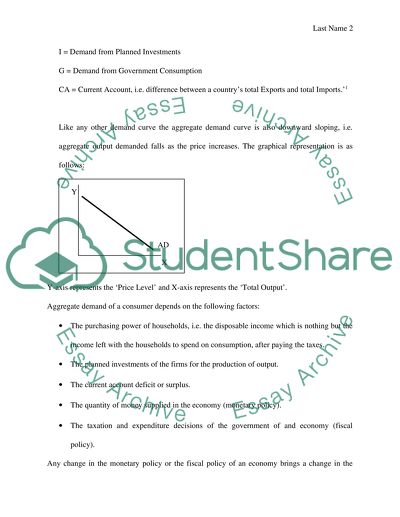Cite this document
(“Applied Economics Essay Example | Topics and Well Written Essays - 1750 words”, n.d.)
Applied Economics Essay Example | Topics and Well Written Essays - 1750 words. Retrieved from https://studentshare.org/politics/1525845-applied-economics
Applied Economics Essay Example | Topics and Well Written Essays - 1750 words. Retrieved from https://studentshare.org/politics/1525845-applied-economics
(Applied Economics Essay Example | Topics and Well Written Essays - 1750 Words)
Applied Economics Essay Example | Topics and Well Written Essays - 1750 Words. https://studentshare.org/politics/1525845-applied-economics.
Applied Economics Essay Example | Topics and Well Written Essays - 1750 Words. https://studentshare.org/politics/1525845-applied-economics.
“Applied Economics Essay Example | Topics and Well Written Essays - 1750 Words”, n.d. https://studentshare.org/politics/1525845-applied-economics.


